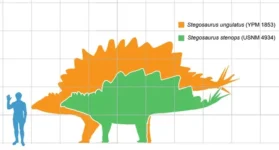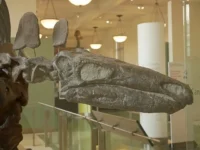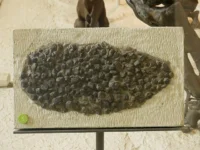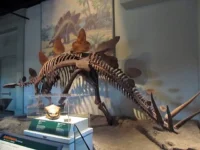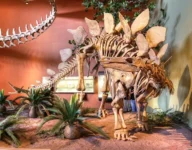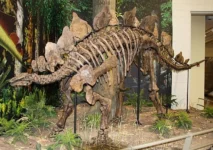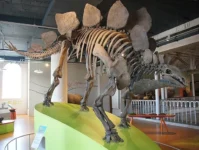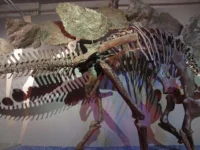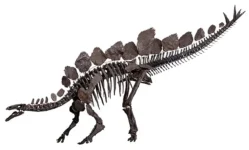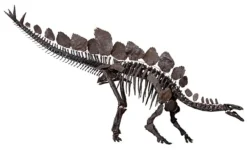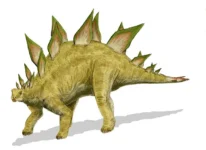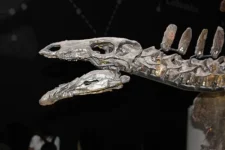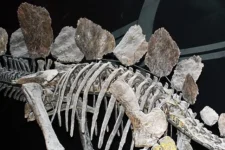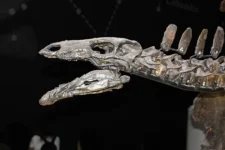Stegosaurus
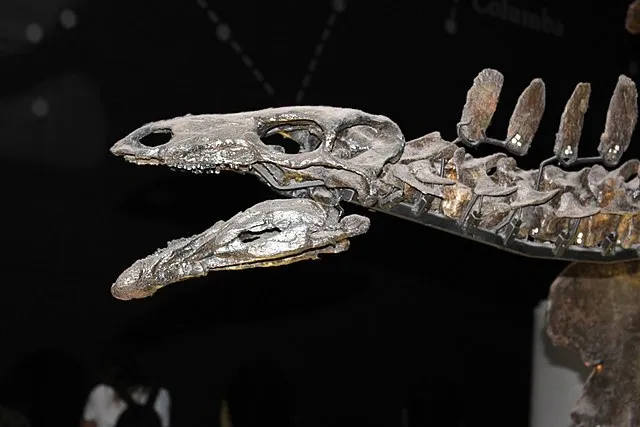
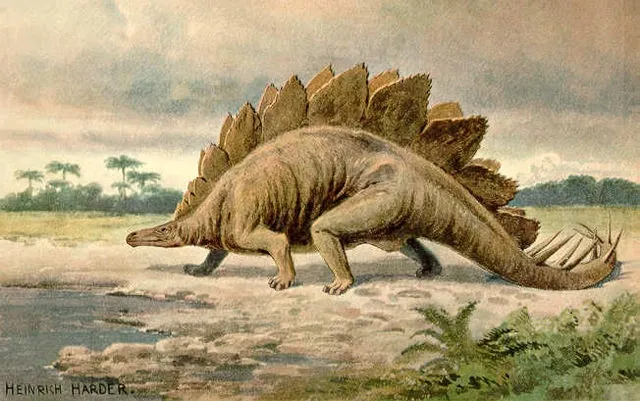
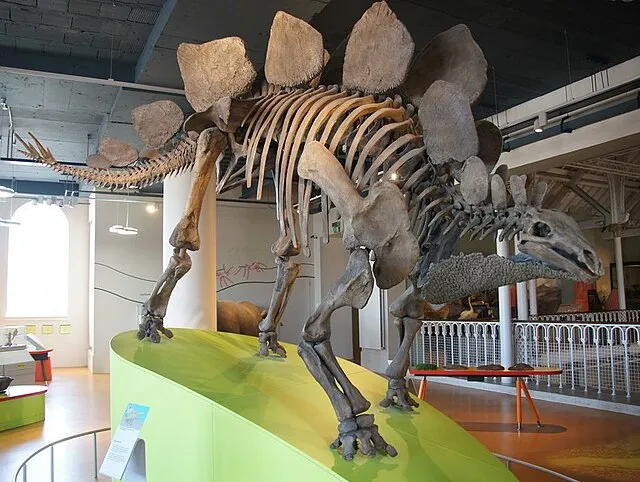
STEGOSAURUS:
Stegosaurus is a genus of herbivorous dinosaur that lived during the Late Jurassic period, approximately 155 to 150 million years ago. Here are key details about Stegosaurus,
Stegosaurus is notable for its distinctive appearance and unique defensive adaptations, making it a popular and well-studied dinosaur in paleontology. Its plates and thagomizer are among the most recognizable features in the world of dinosaurs, captivating both researchers and enthusiasts alike.
SIZE AND ANATOMY:
Stegosaurus was a large dinosaur, measuring about 9 meters (30 feet) in length and weighing around 2.3 to 5 metric tons (2.5 to 5.5 tons). It had a distinctive body shape characterized by a small head, short neck, bulky body, and a long tail ending in a series of spikes known as the “thagomizer.”
PLATES:
One of the most recognizable features of Stegosaurus is its double row of large, upright bony plates along its back. These plates were formed from modified osteoderms (bony deposits in the skin) and likely served multiple purposes, including thermoregulation, display for mating or intimidation, and possibly defense against predators
SPIKED TAIL (THAGOMIZER):
At the end of its tail, Stegosaurus had a cluster of four to six spikes known as the thagomizer. These spikes were formidable defensive weapons and could inflict serious damage to potential predators or rivals.
DIET AND TEETH:
Stegosaurus was an herbivore, feeding on low-lying vegetation such as ferns, cycads, and conifers. It had small, peg-like teeth that were suited for stripping and crushing plant material rather than chewing.
DISCOVERY AND FOSSIL RECORD:
Fossils of Stegosaurus have been found primarily in western North America, including states such as Colorado, Utah, and Wyoming. These fossils have provided valuable insights into the anatomy, behavior, and evolutionary history of this iconic Jurassic dinosaur.
FUN FACTS:
1. Stegosaurus had two rows of large bony plates running down its back. These plates were not directly attached to its skeleton but were embedded in the skin, likely used for display or thermoregulation rather than defense.
2. The spiked tail of Stegosaurus, known as the “thagomizer,” was adorned with four to six sharp spikes. These spikes were likely defensive weapons used against predators or rivals, and the term “thagomizer” was coined by cartoonist Gary Larson in a humorous cartoon.
3. Despite its large size, Stegosaurus had a relatively small brain, comparable in size to a walnut. This has led to jokes and speculation about its intelligence, though modern understanding suggests it was well-adapted for its herbivorous lifestyle.
4. Stegosaurus was an herbivore, feeding on plants such as ferns, cycads, and conifers. Its teeth were small and suited for stripping vegetation rather than grinding, suggesting it likely had a specialized diet.
